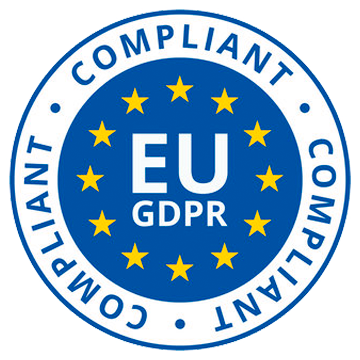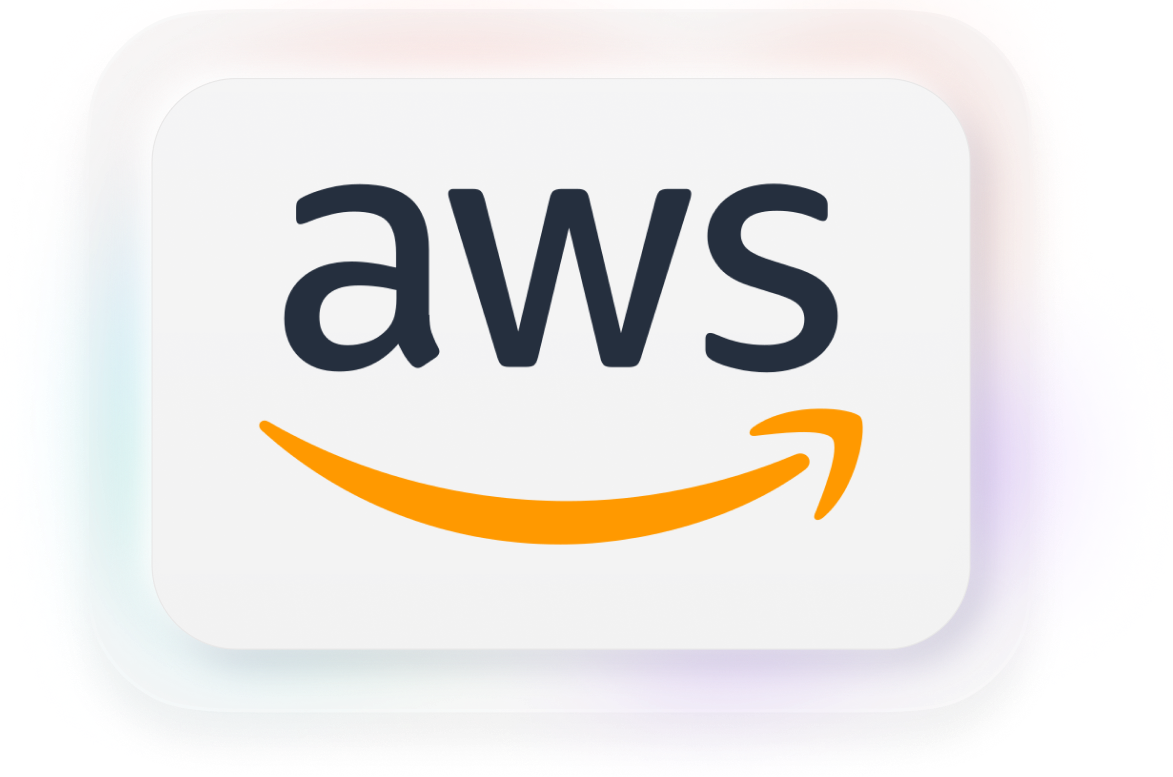In today’s fast-paced business environment, efficient document management is crucial for success. Document tracking plays a vital role in streamlining your document management processes. By understanding the importance of document tracking and implementing the right software, you can improve lead generation, deal workflows, and enhance collaboration. In this ultimate guide, we will explore the fundamentals of document tracking, the benefits of effective document management, steps to streamline your processes, choosing the right software, and implementing your document management and tracking system.
Know who read your proposal
Share proposals as tracked Sizle links. Get real-time alerts when prospects open and how long they engage.
Trusted by 30,000+ users. No credit card needed.
Understanding Document Tracking
Document tracking refers to the process of monitoring and managing documents as they move through various stages in their lifecycle. It enables businesses to have complete visibility over their documents, from creation to distribution, and even after they have been shared with external parties. By implementing a document tracking system, organizations can ensure that documents are securely accessed, utilized, and monitored, leading to increased productivity and improved workflows.
Document tracking is not just about keeping tabs on where a document is physically located. It goes beyond that by providing valuable insights into how documents are being used and the impact they have on business operations. With document tracking, businesses can gain a comprehensive understanding of their document lifecycle, from the moment it is created to its final destination.
One of the key benefits of document tracking is the ability to track document activities. This includes monitoring views, downloads, and edits made to a document. By tracking these activities, organizations can gain insights into which documents are most effective in their lead generation and deal workflows. This information allows companies to tailor their marketing and sales strategies, focusing on the documents that resonate most with their target audience.
The importance of Document Tracking
Document tracking is essential because it provides businesses with valuable insights into how their documents are being used. By tracking document activities, such as views, downloads, and edits, organizations can gain an understanding of which documents are most effective in their lead generation and deal workflows. This information allows companies to tailor their marketing and sales strategies, focusing on the documents that resonate most with their target audience.
Furthermore, document tracking enhances document security. With a document tracking system in place, organizations can ensure that only authorized individuals have access to sensitive documents. This helps prevent unauthorized sharing or leakage of confidential information, protecting the company’s intellectual property and maintaining compliance with data protection regulations.
Document tracking also plays a crucial role in collaboration and team productivity. By tracking document versions and changes, team members can easily collaborate on a document without the risk of working on outdated or conflicting versions. This streamlines workflows and ensures that everyone is working on the most up-to-date document, ultimately improving efficiency and reducing errors.
Key features of Document Tracking systems
An effective document tracking system should include key features that enhance document sharing, analytics, and collaboration. Features such as real-time tracking, interactive analytics dashboards, and customizable permissions ensure that businesses can securely share documents with clients and team members. By tracking document analytics, businesses can identify which documents are generating the most engagement, helping them make data-driven decisions to optimize their sales and marketing efforts.
Real-time tracking allows businesses to monitor document activities as they happen. This means that organizations can instantly see when a document is being viewed, downloaded, or edited. Real-time document tracking provides immediate insights into document engagement, allowing businesses to respond promptly and effectively to customer inquiries or sales opportunities.
Interactive analytics dashboards provide businesses with visual representations of document engagement metrics. These dashboards display data such as views, downloads, and time spent on each document. With interactive analytics, organizations can easily analyze and interpret the data, identifying trends and patterns that can inform decision-making. This data-driven approach enables businesses to optimize their document strategies and focus on the documents that are most impactful.
Customizable permissions and access controls are another important feature of document tracking systems. With customizable permissions, businesses can control who has access to specific documents and what actions they can perform. This ensures that sensitive information remains secure and only authorized individuals can view or edit confidential documents. Customizable permissions also enable organizations to collaborate effectively with external parties, such as clients or partners, by granting them controlled access to relevant documents.
The Basics of Document Management
Before diving into document tracking, it is important to have a solid understanding of document management. Document management refers to the systematic organization, storage, retrieval, and tracking of documents within an organization. Effective document management allows businesses to efficiently handle the vast amount of information they generate, ensuring that documents are easily accessible and secure.
Document management involves implementing processes and software solutions to manage documents throughout their lifecycle. It includes creating, capturing, indexing, storing, retrieving, and disposing of documents in a controlled and efficient manner. A robust document management system enables businesses to find and access the right documents quickly, ensuring seamless collaboration and preventing data loss or duplication.
One of the key aspects of document management is the creation of documents. This involves not only the physical act of writing or typing, but also the careful consideration of content, format, and structure. Documents can take various forms, such as reports, memos, contracts, or presentations, and each requires a different approach to ensure clarity and effectiveness.
Once documents are created, they need to be captured and indexed within the document management system. This process involves assigning metadata, such as document title, author, date, and keywords, to facilitate easy retrieval. Indexing ensures that documents can be located quickly using search functions, saving valuable time and effort.
Storing documents securely is another critical aspect of document management. It is essential to protect sensitive information from unauthorized access or loss. Document management systems often employ encryption, access controls, and backup mechanisms to ensure the security and integrity of stored documents.
Retrieving documents when needed is a fundamental requirement of document management. A well-designed system allows users to search for documents based on various criteria, such as keywords, dates, or document types. Quick and accurate retrieval ensures that employees can access the information they need to perform their tasks efficiently.
Disposing of documents in a controlled manner is also part of document management. Organizations must adhere to legal and regulatory requirements regarding document retention and destruction. Document management systems can automate the disposal process, ensuring compliance and minimizing the risk of penalties or litigation.
Benefits of effective Document Management
Implementing an effective document management system offers numerous benefits. Firstly, it improves organizational efficiency by reducing the time spent searching for documents or recreating lost ones. With documents properly organized, businesses can save valuable time and focus on core tasks.
Effective document management enhances collaboration by enabling team members to access and collaborate on documents in real-time, regardless of their location. This eliminates the need for physical document sharing or emailing attachments, streamlining workflows and promoting teamwork.
A well-implemented document management system ensures compliance with regulatory requirements and minimizes the risk of data breaches. By implementing secure access controls and monitoring document activities, businesses can protect sensitive information and maintain the trust of their customers and stakeholders.
Additionally, effective document management enables businesses to track document versions and changes, facilitating accurate auditing and ensuring accountability. This is particularly important in industries where document accuracy and traceability are critical, such as healthcare, finance, or legal sectors.
In conclusion, document management is a multifaceted process that encompasses various activities, from document creation to disposal. By implementing an effective document management system, businesses can streamline their operations, enhance collaboration, ensure compliance, and protect sensitive information. Investing in document management is a strategic decision that can yield significant benefits in terms of efficiency, productivity, and risk mitigation.
Steps to streamline your Document Management
Now that you understand the basics of document management, let’s explore how you can streamline your document management processes to improve efficiency and productivity.
Document management is a crucial aspect of any organization. It involves the creation, storage, organization, and retrieval of documents in a systematic and efficient manner. By streamlining your document management, you can save time, reduce errors, and enhance collaboration among team members.
Assessing your current Document Management system
The first step is to evaluate your current document management system. This involves taking a close look at how documents are currently being managed within your organization. Are there any pain points or challenges that you frequently encounter? Do you find it difficult to locate or share documents? Are there any processes that seem inefficient or time-consuming?
By conducting a thorough assessment, you can identify the areas that need improvement. This will provide you with valuable insights into the specific issues that need to be addressed in order to streamline your document management processes.
Identifying areas for improvement
Once you have assessed your current system, it’s time to identify areas for improvement. This step involves analyzing the pain points and challenges that you have identified and finding suitable solutions to address them.
One area for improvement may be the implementation of automation tools. Automation can help streamline repetitive tasks, such as document indexing or file naming, saving you valuable time and reducing the risk of errors. Additionally, automation can also improve the overall efficiency of your document management system by automating workflows and notifications.
Enhancing collaboration features is another area that you may want to focus on. Collaboration is essential in document management, as it allows team members to work together on documents, provide feedback, and track changes. By implementing collaborative features, such as real-time editing or commenting capabilities, you can foster better teamwork and improve the overall efficiency of document creation and review processes.
Document tracking capabilities are also crucial for effective document management. Being able to track the status and progress of documents can help you stay organized and ensure that nothing falls through the cracks. By implementing document tracking tools, such as version control or document history features, you can easily keep track of document revisions, approvals, and any other important milestones.
When identifying areas for improvement, it’s important to align your solutions with your business goals and objectives. Consider the specific needs of your organization and choose solutions that will have the most significant impact on your document management processes.
Choosing the right document tracking software
Choosing the right document tracking software is crucial to streamlining your document management processes effectively. Consider the following essential features when evaluating different software options:
- Real-time Tracking: Look for software that provides real-time insights into document activities, enabling you to track views, downloads, and interactions as they happen.
- Analytics and Reporting: Look for software that offers robust analytics and reporting features, allowing you to gain valuable insights into document engagement and effectiveness.
- Integration Compatibility: Consider software that integrates seamlessly with your existing workflow tools, such as CRM systems and project management software.
- Data Security: Prioritize software that provides robust security measures, including encryption, access controls, and audit trails, to protect your sensitive documents.
Evaluating different software options
Once you have identified the essential features, evaluate different software options based on your business needs, budget, and scalability. Take advantage of free trials and demos to test the software’s usability and compatibility with your existing systems.
Implementing your Document Tracking system
Implementing your document tracking system is an important step towards streamlining your document management. To ensure a smooth transition, consider the following best practices:
Preparing your team for the transition
Before implementing the new system, provide proper training and support to your team members. Educate them about the benefits of document tracking and the new features available. Encourage them to provide feedback throughout the process to ensure their needs are met.
Best practices for system implementation
During the implementation phase, follow best practices to maximize the effectiveness of your document tracking system. This includes proper documentation and organization of your documents, establishing clear workflows, and regularly reviewing and optimizing your processes based on insights obtained from document analytics.
In conclusion, document tracking is a powerful tool for streamlining your document management processes. By understanding the fundamentals of document management, choosing the right software, and implementing best practices, you can improve lead generation, streamline deal workflows, and enhance collaboration within your organization.
Remember to assess your current system, identify areas for improvement, and select a document tracking software that aligns with your business objectives.
You sent the file. See what happens next.
Every unread document costs you time and opportunity.
Sizle shows what really happens after you hit send, instantly and securely.
Free 7-day trial. No card required.
Unlock insights instantly.



